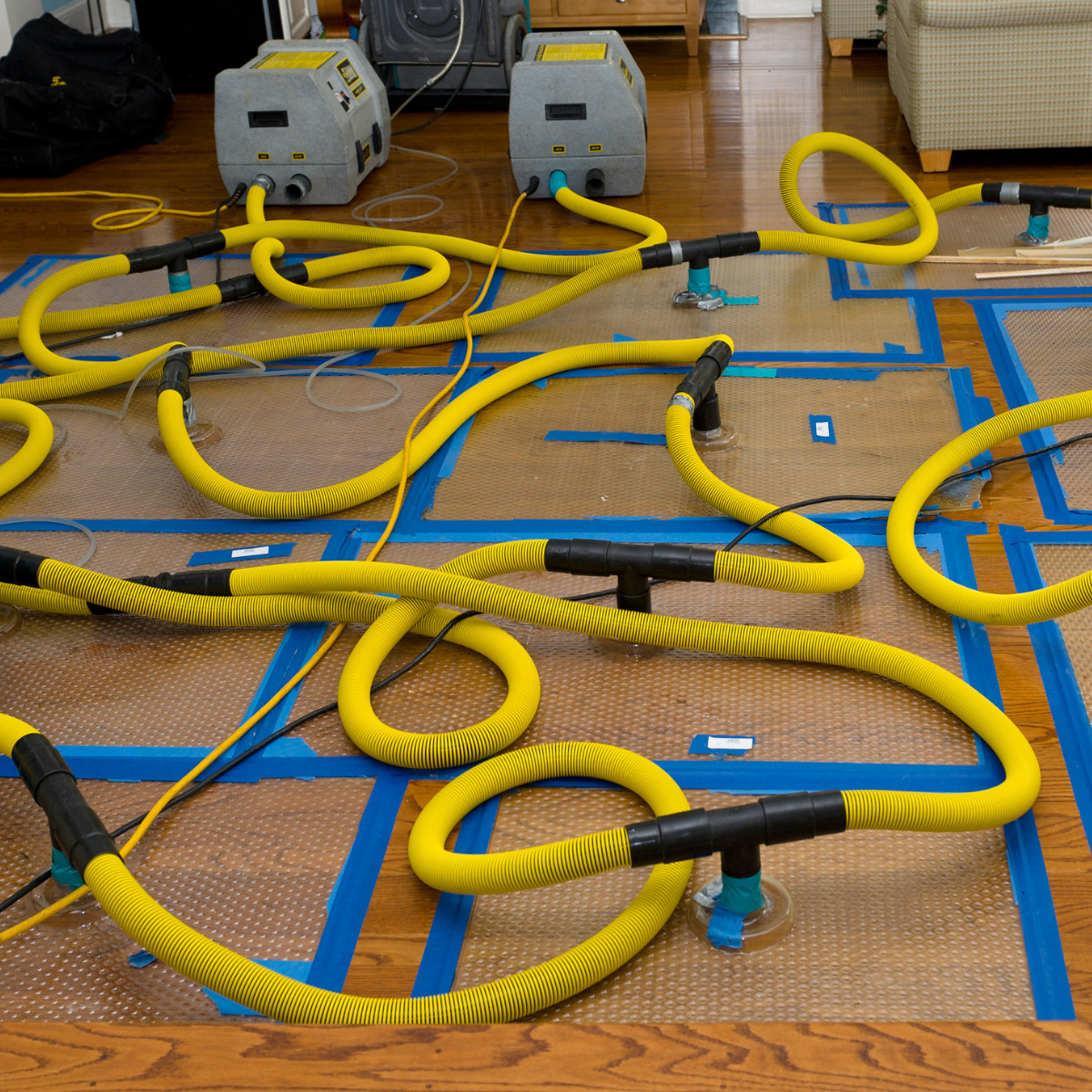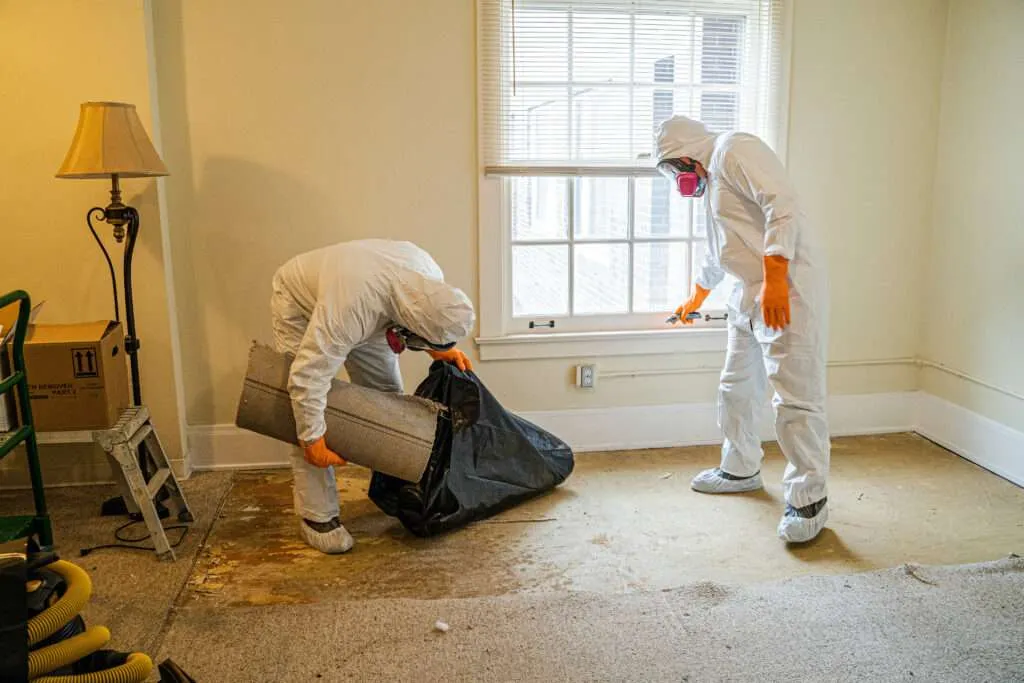Water Damage Restoration FAQs answered
Wiki Article
Water Damage Restoration 101: Recognizing the Process and Expense
Water damage can strike all of a sudden, leaving house owners in a state of complication. Comprehending the remediation procedure is vital for effective healing. From reviewing the damage to selecting the ideal company, each step influences the overall end result and expense. Aspects such as the sort of water damage and urgency likewise play a significant function. What are the specific methods used in reconstruction, and how can one prepare for possible costs?Sorts Of Water Damage

Preliminary Evaluation and Examination

Water Removal Strategies
Adhering to the preliminary analysis, efficient water removal strategies are employed to alleviate damage and avoid further problems. These strategies entail making use of specialized tools such as industrial-grade vacuum cleaners and submersible pumps - Water Damage Restoration. The choice of method depends on the quantity of water existing and the kind of products impacted. For standing water, completely submersible pumps are generally used for fast removal, while vacuums are perfect for removing water from rugs and furniture. In addition, advanced techniques like water extraction mats may be utilized for hard-to-reach locations - Flood Cleanup Services. The goal is to eliminate as much water as feasible, reducing the capacity for mold and mildew development and architectural damage. Trigger and effective water removal is crucial in the total water damage reconstruction procedureDrying Out and Dehumidification Process
As soon as the water extraction is total, the drying and dehumidification process becomes critical to recovering the affected location. This stage usually uses industrial-grade dehumidifiers and air movers to successfully minimize dampness levels. The dehumidifiers attract in wet air, getting rid of excess moisture, while air movers distribute air to increase dissipation. Monitoring devices is commonly used to track moisture and temperature level levels, ensuring suitable drying problems. The duration of this process can differ depending upon the level of the water damage and ecological factors. It is important to extensively dry all affected products, including walls, flooring, and furnishings, to stop mold and mildew development and architectural damage. Proper implementation of this step is critical for an effective repair outcome.Cleaning and Sterilizing Affected Areas
Once the drying out procedure is complete, an extensive initial evaluation and inspection of affected areas is vital to determine contamination levels. Reliable cleansing techniques and appropriate products must after that be employed to remove debris and spots. Ultimately, sanitization and sanitation approaches are necessary to assure that dangerous microorganisms are removed, recovering the space to a secure conditionFirst Evaluation and Examination
Before starting any type of remediation initiatives, a complete preliminary analysis and examination of the influenced areas are important for reliable cleansing and sterilizing. This process includes identifying the extent of water damage, figuring out the source of the water breach, and assessing the materials affected. Examiners typically seek indications of mold growth, architectural honesty concerns, and harmed personal belongings. The evaluation additionally includes checking dampness degrees making use of specific devices to assure no hidden water pockets remain, as these can lead to additional difficulties. Documenting the findings is crucial for intending the following action in the repair process. A comprehensive first assessment allows restoration specialists to create a targeted technique for reliable cleaning and sterilizing, ultimately reducing damage and health threats.Cleaning Up Techniques and Products
Reliable cleaning and sterilizing of water-damaged locations require a range of items and techniques customized to the certain materials impacted. For porous surfaces like drywall and carpeting, removal techniques are necessary to get rid of excess wetness, followed by deep cleansing with specialized cleaning agents. Non-porous materials such as ceramic tile or steel can be cleaned up utilizing commercial-grade cleaners that properly get rid of pollutants. Vapor cleansing is an additional effective method, specifically for carpets and upholstery, as it makes use of high temperature levels to get rid of microorganisms and mold (Water Damage Restoration). Additionally, green items are increasingly preferred for their safety and security and effectiveness - Water Damage Restoration. Inevitably, picking the appropriate click here for more info cleaning approaches and products not only ensures immediate cleanliness but likewise help in preventing additional damage and wellness hazards connected with water invasionSanitization and Disinfection Methods
When resolving water damage, proper sanitization and sanitation techniques are important to assure the security and health and wellness of the damaged atmosphere. After preliminary cleansing, surface areas should be treated with ideal anti-bacterials to get rid of pathogens, mold and mildew, and bacteria that grow in wet problems. Common methods consist of using EPA-approved chemical disinfectants, which can be applied through splashing or cleaning techniques. Furthermore, ultraviolet (UV) light systems can properly sterilize areas by reducing the effects of microorganisms without extreme chemicals. The selection of technique usually depends on the sort of products impacted and the degree of contamination. Ultimately, extensive sanitization not just brings back a safe home yet also assists avoid future wellness threats associated with sticking around moisture and mold and mildew development.
Repair Work and Restoration Options
Reviewing the damage caused by water exposure is vital for determining the suitable repairs and reconstruction alternatives. House owners might face numerous concerns, consisting of harmed drywall, deformed flooring, and jeopardized structural aspects. Relying on the level of the damage, repair services may involve changing sections of drywall, installing new flooring, or enhancing architectural beams. In cases of serious damage, full replacement of damaged materials might be required. Additionally, specialist restorers often advise making use of wetness meters to analyze surprise moisture degrees before selecting the ideal training course of activity. It is vital to act immediately to prevent mold development and more wear and tear. Picking the best choices not just recovers the residential property however additionally assures long-lasting safety and capability.Elements Influencing Restoration Costs

The level of water damage directly influences the repair sets you back property owners can anticipate to sustain. Elements such as the resource of the water, the duration of direct exposure, and the damaged materials significantly affect prices. For example, tidy water damage from a broken pipe is usually less pricey to restore contrasted to damage triggered by sewer. In addition, the level of contamination determines the need for specialized cleansing and disposal solutions, additionally increasing expenses. Geographic place additionally plays a duty, as local labor prices and availability of repair solutions can vary. Ultimately, the necessity of the feedback influences costs; quicker interventions typically result in decrease overall costs by preventing more damage. Recognizing these elements is crucial for home owners when approximating restoration prices.
The three main types of water damage are categorized based on contamination levels: tidy water, gray water, and black water. A detailed first evaluation and inspection are crucial actions in the water damage restoration process. For standing water, submersible pumps are normally used for quick removal, while vacuum cleaners are optimal for drawing out water from carpetings and furniture. The level of water damage directly impacts the reconstruction costs home owners can expect to incur. Clean water damage from a busted pipe is generally much less pricey to bring back contrasted to damage caused by sewage.
Report this wiki page